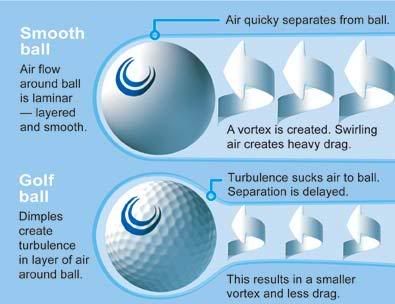Basic Information
CoreThe central core of the bullet is a 'blended metal' core, made out of a mixture of metals. The base metals used in these formulations are usually a very fine powder. Copper, tungsten, and brass are examples of some of the base powdered metals used to date. These powdered metals are mixed with a binder such as tin, zinc, or a polymer such as nylon. Once the powdered metal(s) and binder(s) are mixed, they are pressed or molded into the final projectile core form, and in some cases sintered. The advantage of using a blended metal bullets is that when the material goes through a hard target, such as a bullet proof vest, the mixture and hardness of the bullets allows for the dispersion of heat to primarily enter the hard objects- this reducing the amount of energy exerted on the bullet itself. When entering a soft target, like living tissue, the bullets mixture instead directs heat towards itself, disintegrating the 'bond' or in reality the binder of the bullet, and causing the primary bullet materials to expand rapidly, and at their accelerated speed, cause large wound cavities or damage in soft targets.
Full Metal Jacket The full metal jacket of the rifle consists of a copper covered jacket, designed to work in the same manner that every other full metal jacket works. The copper piece is designed to reduce barrel wear and reduce the bullet build up inside the weapon, and be removed by the surface of whatever it contacts. In addition to this, a fine layer of polytetrafluoroethylene, or Teflon. Teflon has a friction ratio with steel of nearly 0.01, making it one of the slickest surfaces on the planet. Because of this, each bullet is coated in a fine spray of this, allowing the bullet to exit the barrel with as little wear to the actual barrel as possible. This essentially allows the barrel to be able to support the extreme velocity achieved by the bullet, and to reduce the event of jams and to reduce the number of cleaning required. In addition to this, it allows for a bullet of it's kind to reduce any problems associated with it's high velocity and high density and immalleability.
DimplesGolf ball dimples have been known to increase the velocity of things- footballs, golf balls, basketballs, cars, but a marginal amount. While a golf ball on average increases it's velocity by close to double what it usually would with it's kind energy backed behind, most other objects do not respond this way due to their lack of surface of area facing the air (oblong shapes have differing surface areas than a sphere which has the same all around). Because of this, the dramatic increase of roughly 84% velocity is not seen by these bullets. Still, the dimples do provide an increase of velocity, this resulting in an 18.4% increase of velocity.
 Parent Case
Parent CaseThe round is based off of the
6.8mm x 43mm Remington SPC, almost entirely. The round size, propellant, and casing is almost identical. The weight, or mass, is roughly 11% more. The bullet, obviously, differs from the original round by the previous notifications- such as the full metal jacket, the latex, the blended metal, and the golf ball dimples. The bullet instead preforms extraordinarily efficiently, allowing it to surpass the original casing, while still keeping it's primary format and the original advantages.
16 inch barrel (From five feet up)
Effective range- 500 meters
Maximum range- 800 meters


